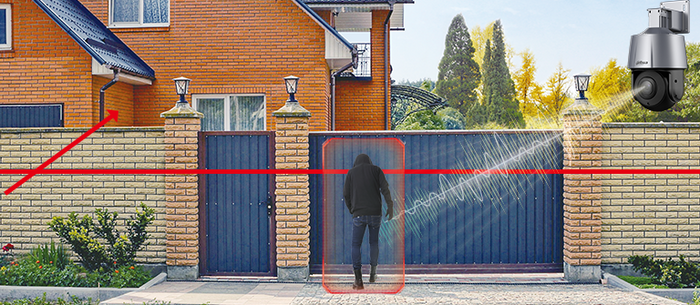What is Active Deterrence?

Active Deterrence is a video security alarm system. It can proactively deter intruders outside the perimeter and help prevent potential crimes with built-in features like AI-powered Smart Motion Detection SMD Plus, alarm siren, warning light, two-way audio and real-time notifications. Powered by the manufacturer awarding-winning deep learning algorithm, it provides high accuracy intrusion alarms and sends real-time event notifications.
The Active Deterrence camera can warn off intruders in time. When alarm is triggered, its built-in spotlight will flash and its speaker will play an alarm sound at the same time. Also, it supports custom voice audio created by the user (e.g., “Private property, keep out!“).When connected to the DMSS App, the camera can send push notifications to mobile phone.

Based on deep-learning algorithm, it can filter alarms triggered by irrelevant objects, and only focus on human and vehicle targets.

Now is even better with the latest 4K Active Deterrence IP Turret Camera with Red & Blue Strobe Light and Smart Illumination.





